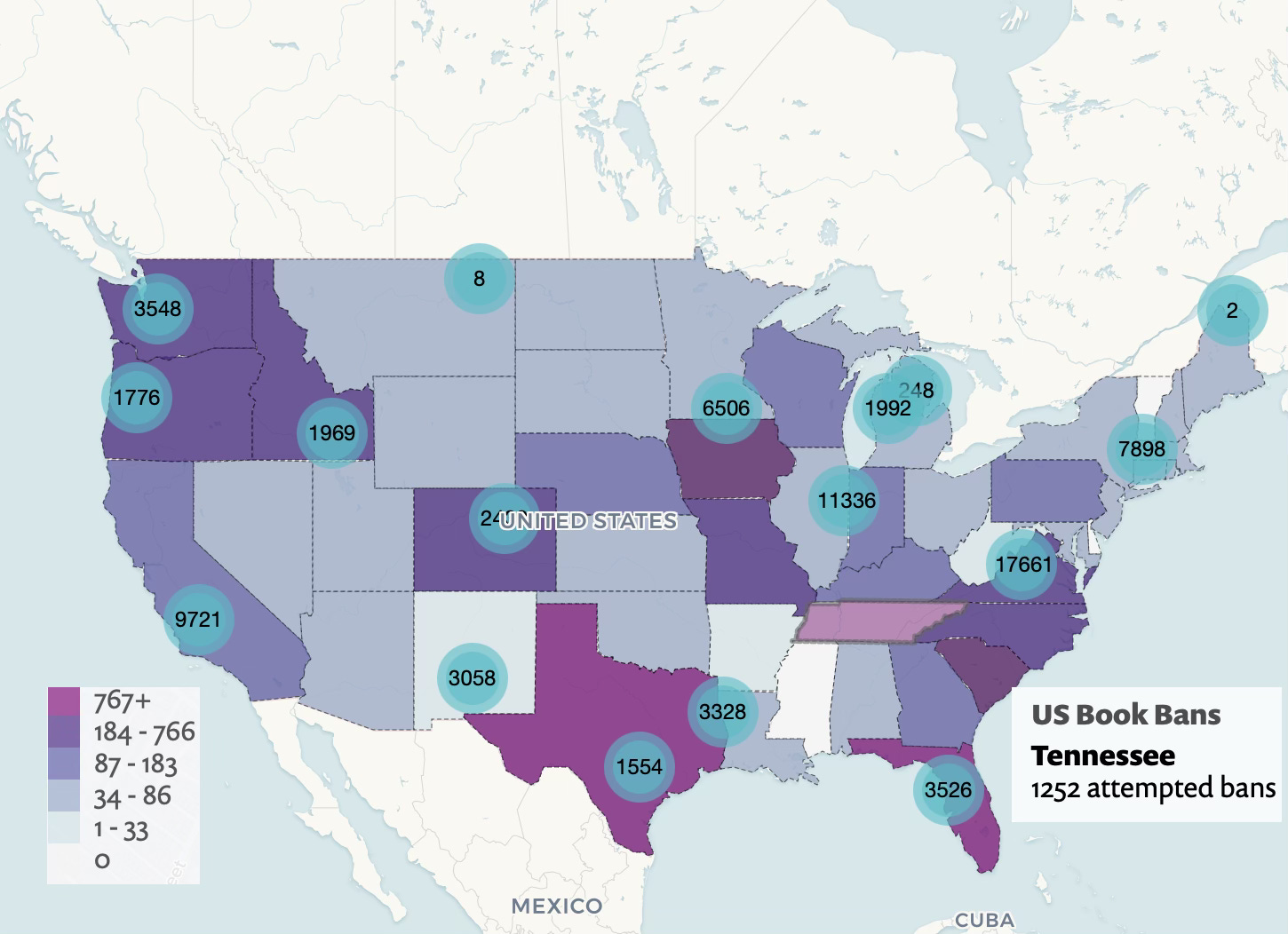As the United States slides deeper into fascism, here is a map showing new and expanding prison facilities, largely to house people, whose only crimes are to have arrived here without documentation, just as most of our ancestors did (see graph below if you doubt this).
 |
-via Mother Jones |
The map above is originally from the Washington Post, but due to their paywall you likely won’t be able to see it there. It was reprinted as part of an article in Mother Jones on trump’s detention state.
From their article you can zoom and click away to see details like “Work Ethic Camp” in Nebraska, a name that eerily sounds like Auschwitz’s “work will set you free” motto.
If you’re thinking we need these “camps” because these people must have done something wrong, this graph from the Guardian, linked in the Mother Jones article shows the vast and criminal increase of detentions of people with no criminal history.
Program Note: In November I will be embarking on another 30 Day Map Challenge. I skipped it last year but this Spring, after being annoyed at the quickness of major mapping services to cave into the renaming places based on the whims of an arrogant president, I told my social media followers I would do a challenge where every map is of the Gulf of Mexico. I plan to keep that promise but also promised myself that I won’t let it take over my life for the next month so don’t expect too much cartographic brilliance.





















